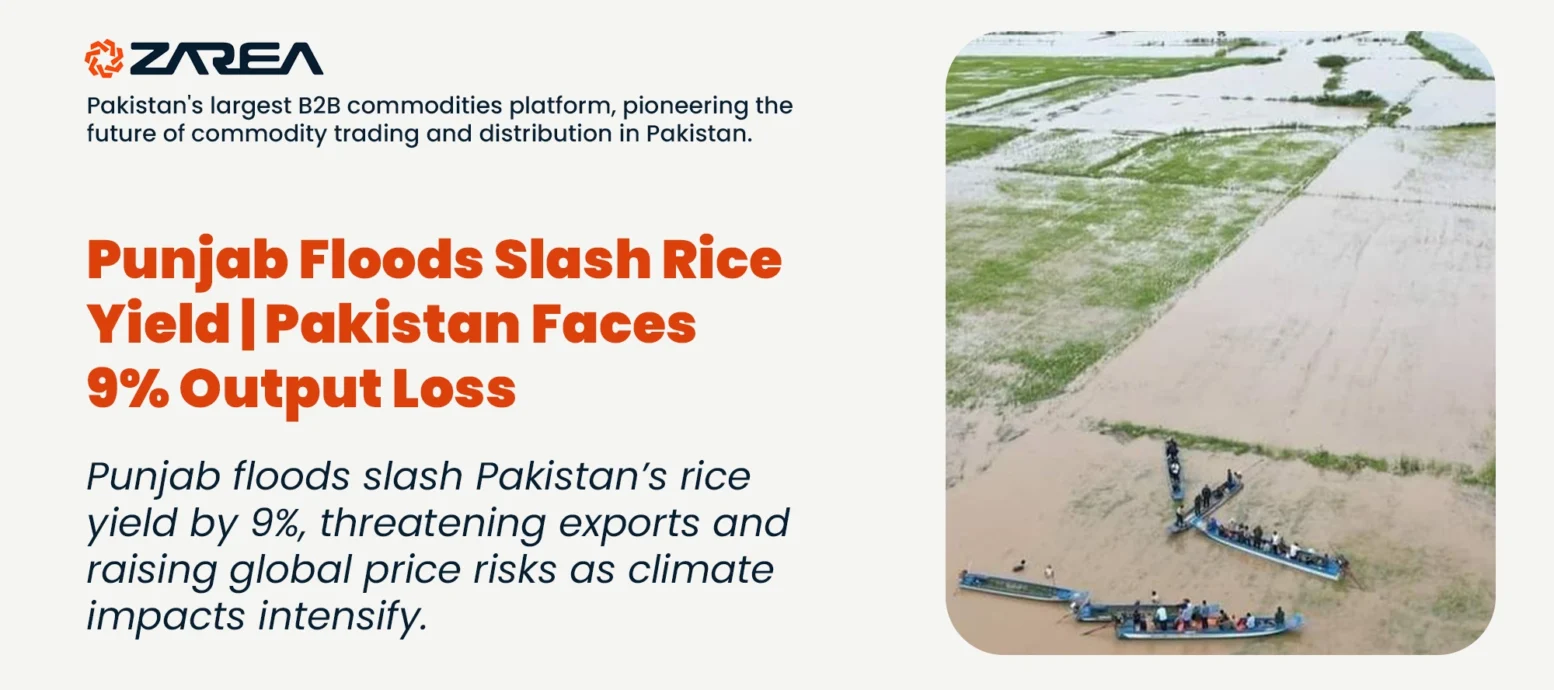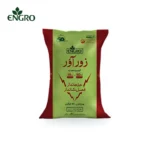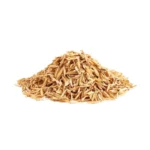Introduction – Rice Yield:
As a result of Punjab province’s severe floods, Pakistan’s rice industry has suffered severe damage. Meanwhile, the rice industry has major ramifications for both home farmers and international trade. Moreover, this is the greatest flooding in over thirty years that has struck Punjab province badly. This is because Punjab produces over half of Pakistan’s rice. So this flooding drastically lowers the prognosis for rice yields.
Although after wheat, rice is one of Pakistan’s main exporting commodities. Yet a notable decline in rice production has shaken the whole sector. Meanwhile fresh floods are impacting the country’s export market inside out. Moreover international purchasers could choose to select other nations to meet their demand. If supply is limited, there is definitely a drop in Pakistan’s market share and foreign exchange profits. Furthermore, local farmers may experience financial difficulty and a huge revenue loss. That loss would also put government resources at risk. These resources are the defence line and are also meant to offer assistance and support to local farmers.
A 9% Decline in Rice Output:
Punjab’s rice harvests are predicted to drop by more than 9% this year, per a joint assessment released by the federal government of Pakistan and the Rice Exporters Association of Pakistan. Over one million acres of agriculture have been submerged by the floods, and over 370,000 acres have been totally ruined. The fourth-largest rice exporter in the world, Pakistan, has been a vital provider to markets in Asia, Africa, and the Middle East at the time of this.
In addition to endangering farmer livelihoods, the precipitous decline in output has wider economic ramifications, especially for export earnings that go towards Pakistan’s foreign exchange reserves.
To place your bulk purchase order, browse product listings, and get the most recent prices. Visit Zarea right now! the biggest B2B commodities marketplace in Pakistan, establishing the benchmark for the country’s future commodity distribution and commerce.
Global Price Implications:
The reduction in Pakistan’s rice production may put more pressure on the world’s rice prices, which have dropped more than 40% from a 15-year peak in early 2024. As they want to increase their share of export demand, major rivals like Vietnam, Thailand, and India can profit from Pakistan’s deficit. However, Pakistan’s decreased supply would cause the staple grain market to become even more volatile for importing countries already dealing with food inflation.
Importing countries may seek alternative sources in response to Pakistan’s reduced supply. Vietnam, Thailand, and India are included among these countries who seek alternative sources to meet their demand. Meanwhile these countries could increase their rice exports to fill the gap. Moreover they are potentially stabilizing global supply and in order to fill those gaps they are mitigating price spikes. Although some nations might invest in boosting their domestic rice production. Yet they are diversifying their food imports to reduce their reliance on a single commodity.
Punjab’s Central Role in Food Security:
Punjab is the foundation of Pakistan’s agricultural economy, contributing over 68% of the nation’s yearly grain production. Months of heavy rains have destroyed crops and forced an estimated four million people to flee their homes around the province, exposing the region’s susceptibility to climatic extremes once more.
According to a different satellite-based analysis conducted by Microsoft’s AI for Good Lab and NASA Harvest, floods earlier this season damaged around 543,000 acres of rice land. The extent of the damage highlights the enormity of the problem, since Punjab has a total rice crop of around 6.47 million acres.
Long-Term Challenges:
Sustainable farming methods are a modern-day need because of Pakistan’s agricultural core and ongoing harms. These methods help to improve flood control and climate-resilient infrastructure losses. Meanwhile Pakistan will be continuously moving towards a dangerous future if it does not invest in significant adaptation strategies. Additionally the risks to rice yields and national food security will definitely rise in the upcoming years.
Climate-resilient infrastructure is crucial to overcoming bad effects of climate change. Meanwhile it’s also crucial in order to protect our businesses and other communities. First, we should make significant adaptation strategies and investments in infrastructure. Then we can definitely lessen the damage and guarantee the continuation of vital services in the right direction. This is because it is resilient to extreme weather events like floods and droughts. Additionally this proactive strategy promotes sustainable development and long-term economic stability to preserve livelihoods.
Final Thoughts:
Unfortunately, there was a 9% drop in Pakistan’s rice harvest that follows the floods in Punjab. This is a clear reminder of how climate disasters directly endanger local economies as well as international markets. So policymakers, farmers and exporters must face the rising reality of climate-driven agricultural disruptions. In order to recover from this year’s losses, these attempts are crucial for Pakistan.
Technology is essential to agriculture’s revival from the climate change effects. This is because it offers creative answers to problems. Drones and satellite monitoring are two examples of precision farming methods. Furthermore these methods also help farmers maximise resource utilisation and boost crop production. Additionally data analytics aid weather pattern prediction for extra safety. They also improve planning and risk management in the face of erratic weather circumstances.

































